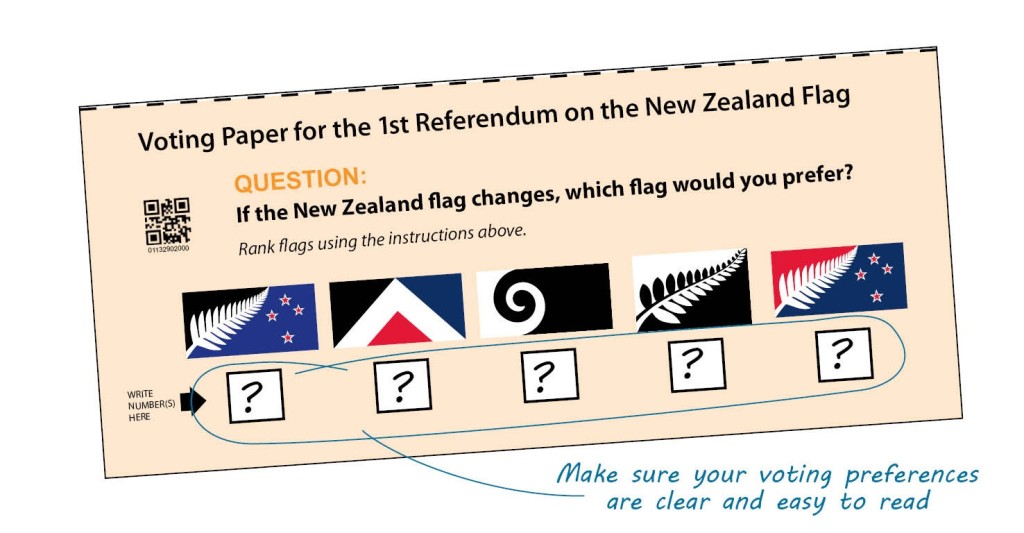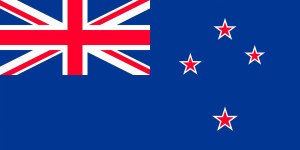
by Jenese James
ITNJ Aotearoa Chapter/Council
New Zealand, Aotearoa, pronounced A-o-tea-ah-row-ah by the Indigenous Maori, land of the long white cloud, or land of first light, more commonly known as middle earth thanks to Local filmmaker Sir Peter Jackson. Two tiny islands in the southern hemisphere, jewels between two oceans, far from the maddening crowds and the growing discontent of the rest of world. Hidden down under Australia, and with a population of only 4.5 million and growing; a melting pot of multi-cultural diversity in which the people of this land are extremely proud.
Yet this tiny isle has the same big world problems as the densely populated northern hemisphere. New Zealand, unbeknownst to many, has long been seen as a testing ground for experimentation, first by the colonising power of the British Empire, who after realising they couldn’t go round killing and enslaving the natives without creating wars, decided to make treaties with the Maori: Experiment number one. The New Zealand Experiment part two arrived more recently, in the early 1980s, with the implementation of economic theories that had never been tried or proven anywhere else in the world.
Today, these two experiments are converging: the coloniser’s idea of governance, clashing with the indigenous people’s understanding of independence and sovereignty, merging with the rise of the corporate state through the economic theories of neo-liberal capitalism. This threatens all peoples’ freedoms and sovereignty; indeed as people’s ability to pay to live decreases, the World Bank and other guardians of the global economy have hailed the New Zealand Experiment as a great success.
Consequently, the people of Aotearoa have become increasingly concerned about identity, sovereignty, and foreign control, more so when faced with ex-Merrill Lynch bankster, Prime minister John Key, spending over $26 Million on a flag change nobody wants.
Now you might think that changing a flag is nothing special. Other nations have done similar and nothing untoward happened. You might think that there are many good reasons to change the current flag: New Zealand can unshackle itself from the colonizing powers, forge her own identity, and be her own sovereign nation. Another is that changing the flag would give us an identity that would once and for all stop people thinking we are simply another state of Australia.
However it’s not that simple. A change in constitution is also happening, along with the signing of the Transpacific Partnership Agreement and the introduction of newly minted money that appears to lack any royal presence. These things together are ringing warning bells to all with ears to hear. According to current polls over half the people of New Zealand don’t want a flag change.
For many though, things appear quite benign, even logical; but the corporation known as Her Majesty the Queen in Right of New Zealand, who swears allegiance to the Crown, craftily masquerading as a legitimate democratic government, is not the only entity holding power in this land. Nor does it have the only legitimate flag. The flag debate and referendum has only served to open a deep wound and highlight a long-standing grievance for our first nation peoples.
The Maori are Tangata Whenua, which means people of the land. They were here long before the colonizing powers of empire, and although many of them embraced the new peoples who came upon their shores, they never once ceded their independence nor their sovereignty over what they considered to be their land: Aotearoa.
This essay cannot begin to explore the depths of injustice and deception that has plagued Maori, but I hope to reveal enough to enable an understanding as to why in these times of media spin and government deception the He Whakaputanga, meaning, The Declaration of Independence, is all that stands between Maori, and all that live in Aotearoa, as one people, and the signing into power of the Trans Pacific Partnership Agreement; and it all starts with a flag.
New Zealand now, as it was then, is under Admiralty law; the law of the sea. Maori were seafarers and traders. In the newly emerging colonial era one of their ships was detained by officials in Sydney, Australia for flying only a plain woven flax flag. Under admiralty law an officially recognized flag was essential as it represented the right to TRADE; it gave DUE AUTHORITY to that country or nation to be able to ‘officially’ trade with other countries.
Flags are not traditional to Maori, but they recognized the symbolic power and importance of them to the colonizing power and so in 1834 British official, James Busby, hearing of the plight of the seized vessel and seeing the benefit of uniting the tribes as a collective, called the Chiefs of the Northern districts together to decide upon a flag. There were three options and the one they agreed upon became known as Te Haki Tuatahi, meaning the first flag. This flag was given a 21-gun salute, which was an official acknowledgement by King William IV that this flag was now the approved flag of the new country.

One year later, in 1935, Busby gathered the chiefs together and they signed He Whakaputanga, The Declaration of Independence. The chiefs declared themselves rulers of New Zealand, giving themselves Kingitanga, meaning sovereign power, and declared New Zealand a Whenua Rangatira, which means an independent state. Then they laid out the protocol for a Huihuinga, meaning congress that would meet each year in the autumn to make laws and decisions. He Whakaputanga, The Declaration of Independence, asserting their Kingitanga and Whenua Rangatira was then sent to England and was accepted and recognised by King William the IV.
Thusly the chiefs had formed a United Confederation of Tribes and had their first flag, Te Haki Tuatahi.
Nothing is ever quite as it seems whenever empire is around, and so by 1839 the British government had sent instruction to obtain a cession of sovereignty from rangatira, Maori chiefs, and to establish the sovereign authority of the British crown. This resulted in Te Tiriti O Waitangi; The Treaty of Waitangi, of 1940, which then usurped He Whakaputanga, The Declaration of Independence, resulting in a change of flag, and creating violence and conflict between Maori and the Crown to this very day.
The Crown believes that in signing the Treaty of Waitangi, Maori gave up sovereignty and independence of New Zealand. Maori of course hold firm that in their version, Te Tiriti O Waitangi, they maintain their sovereign independence.
However in 2010 He Whakaputanga me te Tiriti, The Declaration and the Treaty: The Report on Stage 1 of the Te Paparahi o Te Raki in the Waitangi Tribunal Inquiry, gave this ruling:
“…….We have concluded that in February 1840 the rangatira who signed te Tiriti did not cede their sovereignty. That is, they did not cede their authority to make and enforce law over their people or their territories. Rather, they agreed to share power and authority with the Governor. They agreed to a relationship: one in which they and Hobson were to be equal – equal while having different roles and different spheres of influence. In essence, rangatira retained their authority over their hapū and territories, while Hobson was given authority to control Pākehā….”
Today many Maori hold firm to the 1835 He Whakaputanga and maintain that Te Haki Tuatahi is the first and legal flag of the sovereign independent nation of Aotearoa, and that the Crown is an illegitimate entity. This brings us back to today and the current referendum to change the colonial flag in the face of the Trans Pacific Partnership, a change in bank notes, and the drawing up of a new constitution.

A change of flag needs the consent of the people, and the people are being tricked by the referendum because the Crown needs consent and it’s not asking directly whether you would like an actual flag change, rather it’s stating “IF the flag changes which flag would you prefer”. Once you give your preference, you have given consent to changing the flag; it’s all in the way the language is used. The second part of the referendum to be held in the New Year, then gives you the choice to choose between the newly chosen flag or keep the old one. Never does it ask you whether you want to change the flag. Once you choose the original flag you have then given consent for it to be used to trade as we saw with Te Haki Tuatahi, the first flag. You have given it DUE AUTHORITY.
I would like to take a moment here and thank Mr. Ben Vidgen, an investigative journalist with a B.A. in Political Science, and author of State Secrets I and II. He is the editor of Postman Productions. Ben found out about ‘Due Authority’ and wrote an article about the flag change, exposing the agendas of the flag panel line-up. His article went viral on social media and caught the attention of the guardians of the gates of acceptable information, TV 3’s Story. The program quickly debunked everything he had said. What they did was reassure the public that there was no validity to the claim of ‘Due Authority’.
But as we have discovered, there is. See his article here.
To conclude, a flag is no mere piece of fabric; it has significance and meaning, as we have seen with the first flag of the Maori people, which legitimized trade. Coupled with the TPPA, there is real concern that changing the current colonial flag will enable another New Zealand Experiment, one in which the Crown can hand over the wealth and treasures of this nation to corporations. The Crown, under both the 1835 He Whakaputanga, and the 1940 Te Tiriti O Waitangi, are illegitimate entities that cannot legally sign the TPPA without breaching the partnerships laid down in Te Triti O Waitangi.


